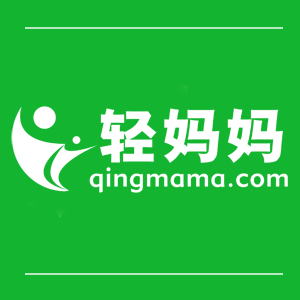Across China: Stem cell recipient, donor meet 13 years after transplant
CHONGQING, Aug. 10 (Xinhua) -- Until last week, leukemia survivor Fengfeng (not his real name) knew almost nothing about the person who saved his life 13 years ago.
Holding a bouquet of flowers, Fengfeng spotted a woman in her forties. He rushed to her and hugged her. He sensed this was the person he had been waiting for.
Thirteen years ago, Fengfeng was a 15-year-old middle school student in southwest China's Chongqing Municipality. He was diagnosed with chronic myeloid leukemia, a type of cancer affecting the blood-forming cells of the bone marrow.
He has no siblings, and half-match transplant techniques using a patient's parent as the donor had not matured yet. So the only hope was to find a close match outside the immediate family, the possibility of which was only one in 100,000.
Doctors found the information of Han Lu, then a 32-year-old nurse at a Chongqing dental hospital, in the city's data bank for China's marrow donor program.
On a winter day in 2004, Han's stem cells were transplanted into Fengfeng's body, saving his life. It was the first unrelated donor stem cell transplant to treat chronic myeloid leukemia in Chongqing.
"I always had a wish after the transplant," Fengfeng said. "I wanted to say 'thank you' to my donor face to face."
However, like others in their situation, they remained strangers, though they lived in the same city, as international practice and China's stem cell donation rules prohibit donors and recipients from meeting until at least a year after the successful transplant.
Han had long wished to meet Fengfeng, but the boy's health was not stable, making their meeting impossible until now.
They managed to exchange gifts with the help of the Red Cross Society of Chongqing.
Fengfeng brought back a necklace and a photography book for Han from his trip to Thailand, while Han turned her red cashmere sweater into 25 knitted roses with red straws for stems as a gift for Fengfeng's 25th birthday.
"Cashmere signifies warmth and the red straws look like blood vessels," said Han, who felt gratified when she learned that Fengfeng survived and has had a happy life.
This past year, Fengfeng went to the city's Red Cross Society, asking them to help arrange a meeting with his hero. After obtaining Han's consent, Fengfeng's dream came true.
According to Huang Gangyi, deputy director with Chongqing data bank for China's marrow donor program, most stem cells recipients are unwilling to go public.
"They don't want others to know that they had the disease," Huang said. "But their meeting can help people better understand stem cell transplants and raise awareness about the need for donors."
"Many people have misunderstandings about it, thinking transplants will be harmful to the donor's health," said Huang.
China's marrow donor program had more than 2.3 million potential donors in 2016, the Red Cross Society of China said in May. The program has facilitated more than 6,000 hematopoietic stem cell donations for patients at home and abroad.
Moved by the story of Fengfeng and Han Lu, many people called Huang in the past week and asked how they could become potential cell stem donors.
Han had type O blood before the transplant. Eventually, his blood type changed to B, the same as Han's.
"She gave me a second chance at life, and now I have a lifelong friend and a new family member," said Fengfeng.















